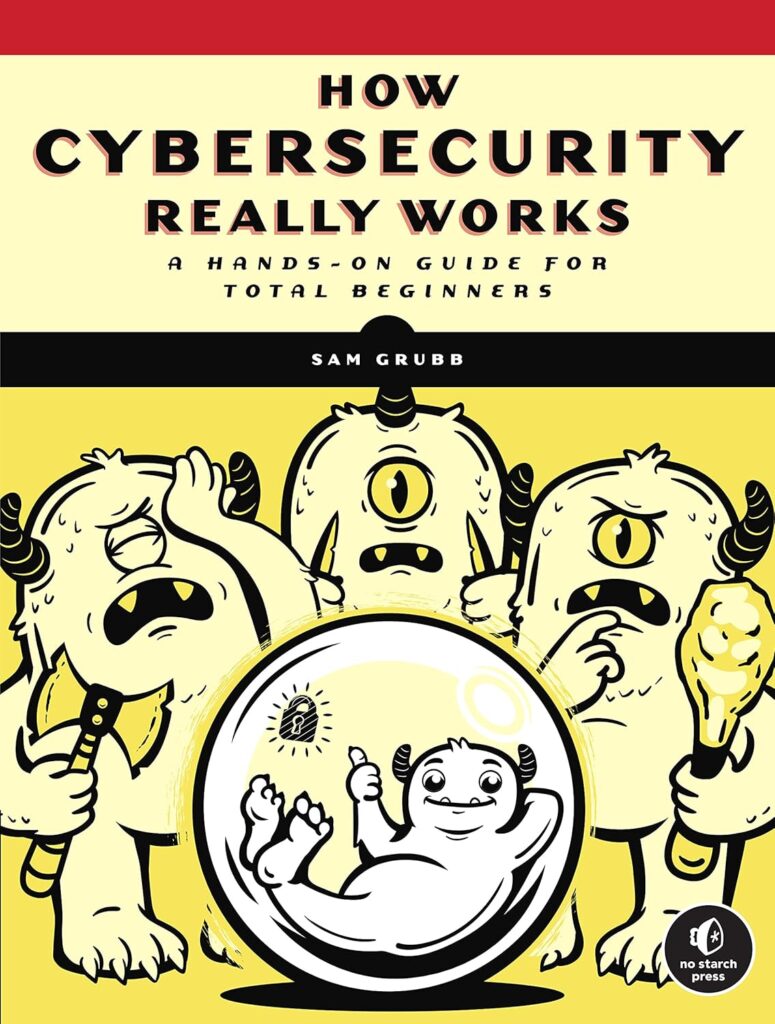Key Difference Between Probability and Odds
Key Difference Between Probability and Odds, Are you often confused about the terms probability and odds? You’re not alone.
These concepts are fundamental across various fields—be it sports betting, medical research, marketing analytics, or machine learning—but they’re frequently misunderstood or used interchangeably.
Key Difference Between Probability and Odds
Mastering the distinction between probability and odds is crucial for making accurate data-driven decisions, building effective models, and interpreting results correctly.
In this definitive guide, we’ll demystify these terms with clear definitions, visual explanations, and practical Python examples.
By the end, you’ll confidently differentiate between probability and odds—and learn how to apply them in real-world scenarios, from logistic regression to campaign analysis.
What Is Probability? The Basics
Probability measures how likely an event is to occur, expressed as a value between 0 and 1 (or 0% to 100%). A probability of 0.8 indicates an 80% chance of success, while 0.2 means a 20% chance.
Formula:
probability = number_of_successes / total_trialsExample using the Bank Marketing Dataset:
import pandas as pd
# Load dataset
df = pd.read_csv("bank-full.csv", sep=';')
# Calculate probability of a customer subscribing to a term deposit
prob_subscribed = (df["y"] == "yes").mean()
print(f"Probability of subscription: {prob_subscribed:.2f}")Result: Approximately 12% of customers subscribe to a term deposit.
What Are Odds? The Alternative Perspective
Odds compare the likelihood of an event happening to it not happening. It’s expressed as a ratio: success to failure.
Formula:
odds = probability / (1 - probability)Continuing our example:
odds_subscribed = prob_subscribed / (1 - prob_subscribed)
print(f"Odds of subscribing: {odds_subscribed:.2f}")Result: Odds roughly 1 to 7.1, meaning for every customer who subscribes, about 7 don’t.
When to Use Probability vs. Odds
| Use Probability | When you want to communicate the likelihood of an event in simple, intuitive terms—such as percentages in reports or dashboards. |
|---|---|
| Use Odds | When comparing likelihoods or performing statistical modeling—particularly logistic regression, risk analysis, or betting systems. |
Visualizing the Difference: Probability vs. Odds
Understanding the relationship visually helps clarify how these concepts evolve across different event chances.
import numpy as np
import matplotlib.pyplot as plt
# Generate a range of probabilities from 1% to 99%
probabilities = np.linspace(0.01, 0.99, 100)
# Calculate odds
odds = probabilities / (1 - probabilities)
# Plot
plt.figure(figsize=(10, 6))
plt.plot(probabilities, odds, label='Odds = p / (1 - p)', color='orange')
plt.plot(probabilities, probabilities, '--', label='Probability', color='steelblue')
plt.title('Probability vs. Odds')
plt.xlabel('Probability')
plt.ylabel('Value')
plt.legend()
plt.grid(True)
plt.show()Insights from the Chart:
- When probability is low (< 0.2), odds and probability are nearly identical.
- As probability increases, odds grow exponentially—highlighting why odds are better suited for high-probability scenarios in statistical models.
Real-World Application: Analyzing Customer Subscription Behavior
Let’s explore how probability and odds help evaluate marketing campaign effectiveness using the Bank Marketing Dataset.
Scenario: How do contact methods influence subscription rates?
# Group by contact method
grouped = df.groupby('contact')['y'].value_counts(normalize=True).unstack()
# Rename columns for clarity
grouped.columns = ['No Subscription', 'Subscription']
# Calculate probability and odds
grouped['Probability'] = grouped['Subscription']
grouped['Odds'] = grouped['Subscription'] / grouped['No Subscription']
print(grouped[['Probability', 'Odds']])Sample Output:
| Contact Method | Probability | Odds |
|---|---|---|
| cellular | 0.149 | 0.175 |
| telephone | 0.134 | 0.155 |
| unknown | 0.041 | 0.043 |
Interpretation:
- Customers contacted via cellular have a higher subscription rate (~15%) and better odds.
- Odds reveal that cellular contacts are approximately 1 to 5.7 likely to subscribe, providing deeper insights than raw percentages.
Visual Comparison of Contact Methods
import seaborn as sns
# Reset index for visualization
summary_reset = grouped.reset_index()
# Plot Probability
plt.subplot(1, 2, 1)
sns.barplot(data=summary_reset, x='contact', y='Probability', palette='Blues_d')
plt.title('Subscription Probability by Contact Method')
# Plot Odds
plt.subplot(1, 2, 2)
sns.barplot(data=summary_reset, x='contact', y='Odds', palette='Oranges_d')
plt.title('Subscription Odds by Contact Method')
plt.tight_layout()
plt.show()This visual highlights how odds and probabilities differ in representing the same data, emphasizing the importance of choosing the right metric for analysis.
Key Takeaways
- Probability offers an intuitive measure of chance, ideal for communication and reporting.
- Odds provide a ratio useful in statistical models, especially logistic regression, risk assessments, and betting systems.
- Both are interconnected: odds are derived from probability, but they serve different analytical purposes.
Final Advice
Use probability for clear, straightforward insights. Use odds when modeling, analyzing, or comparing likelihoods in complex systems.
Recognizing when and how to switch between these measures enhances your analytical toolkit, leading to more accurate interpretations and better decision-making.
For more tutorials and datasets, stay tuned and keep experimenting!





